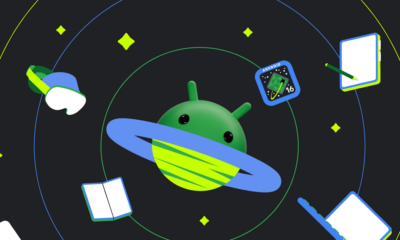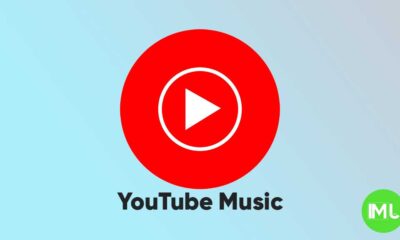Google Search evolves with AI, Lens adds voice and video features, YouTube Shorts extends to 3 minutes
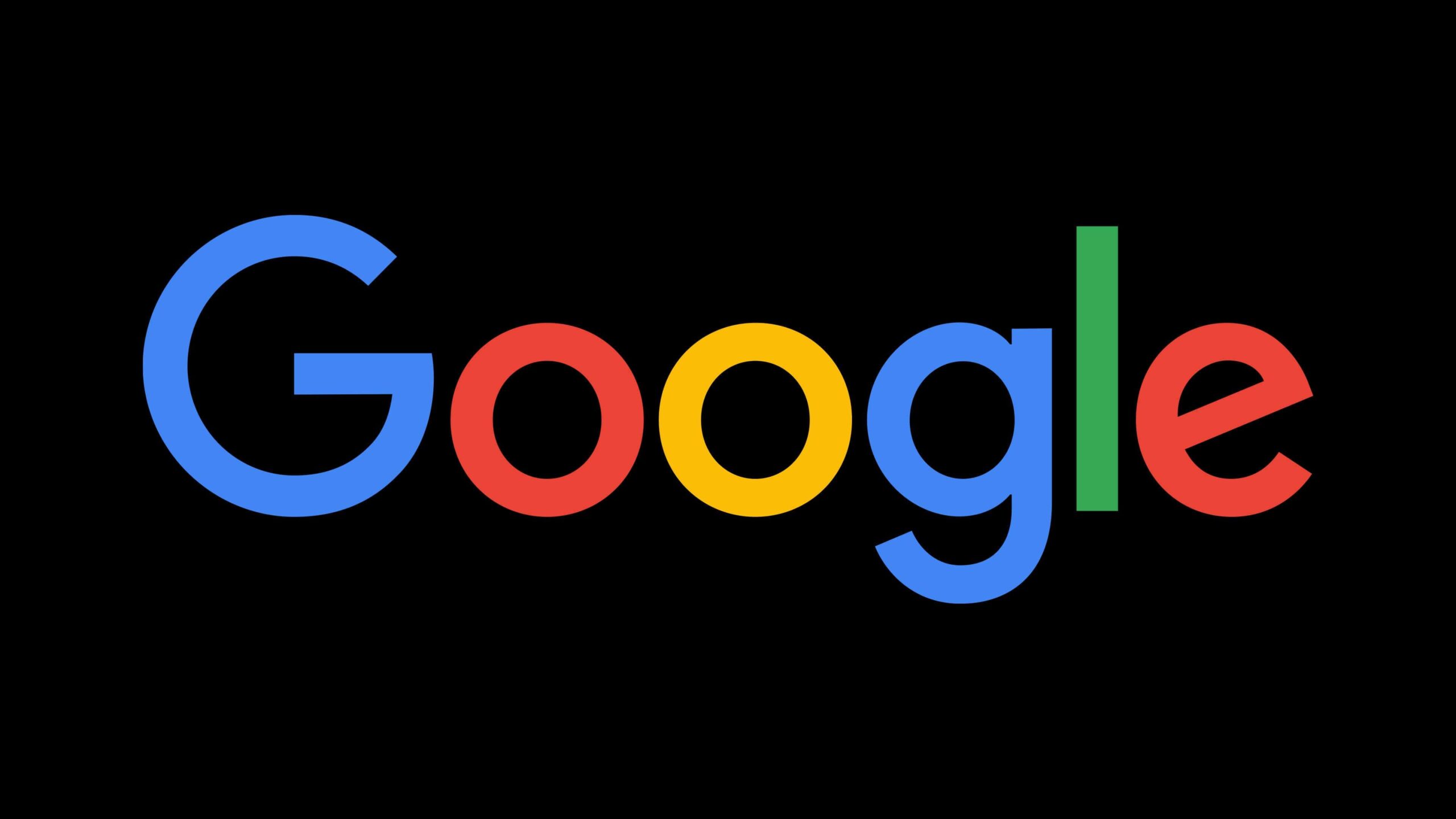
Key Points:
- Google Lens Enhances with Voice and Video Search: Lens now supports voice queries and video understanding, enabling more intuitive searches.
- AI-Driven Google Search Overhaul: AI-generated results and ads streamline search experiences, with improved shopping features.
- YouTube Shorts Expands to 3-Minute Videos: Creators get more flexibility with longer video uploads, new features, and easier content remixing.
Google is significantly upgrading its search capabilities with new AI-powered tools, making it easier for users to interact with information visually, through voice commands, and even video analysis. At the same time, YouTube Shorts is getting an upgrade, extending video lengths to 3 minutes, which brings exciting opportunities for creators. Here’s a detailed look at these developments.
Google Lens Gets Voice and Video Search
With more than 20 billion visual searches happening each month, Google Lens is rapidly becoming one of the most used search tools. Now, it’s gaining powerful new features with voice input and video analysis, making it even more versatile.
Instead of just typing or snapping a photo to search, users can now speak their questions to Lens. By simply long-pressing the screen, you can ask something about what you see in the image. For example, if you take a photo of an artwork but aren’t sure what to search for, you can now ask your question out loud. The lens will process the image and your voice simultaneously, providing a more accurate response.
In addition, Google is introducing video understanding for Lens. You can ask questions about moving objects within a video. By pressing and holding the screen for up to 20 seconds, you can speak your query, and Google will analyze both the video and the question to provide helpful results. This feature is available on Android and iOS in English, through Search Labs.
On top of this, Google is enhancing its shopping features within Lens. If you search for a product, Lens will now provide more detailed results, including reviews, pricing, availability, and deals, along with relevant shopping ads. This new shopping experience is rolling out on Android and iOS in selected regions, just in time for the holiday season.
Moreover, Google’s Circle to Search feature, which complements Lens, is now available on more than 150 million Android devices, offering broader access to this visual search capability.
Google Search Revamped with AI Organization
Google Search is transforming with the introduction of AI to better organize search results. Users searching for topics like recipes or meal ideas in the U.S. will notice an “Organized with AI” badge and a sparkle icon, indicating that AI is grouping results into relevant categories. Instead of seeing a flat list of links, users will get AI-generated headlines that guide them through the content in a more organized manner. According to Google’s internal testing, this format makes it easier for people to find what they’re looking for.
To improve visibility and transparency, Google is also adding inline URLs in AI-generated overviews, making it easier to visit related sites. This feature is rolling out globally wherever AI overviews are available.
Alongside this, Google is incorporating ads directly into AI Overviews. These ads are designed to be relevant to both the user’s query and the generated AI response. For instance, if you search for a cleaning tip, such as “how to remove grass stains,” the AI might suggest related products through a carousel of ads, helping you find what you need faster. These sponsored ads will be marked clearly, appearing above, within, or below the AI results.
Google notes that this change has increased traffic to websites by making it simpler for users to follow through on their queries. Ads in AI overviews are now live for U.S. users on mobile devices and are part of Google’s broader strategy to integrate more AI-driven shopping experiences.
YouTube Shorts Extends Video Length and Adds New Features
In another exciting update, YouTube Shorts is expanding the maximum video length from 60 seconds to 3 minutes, effective from October 15. This feature has been highly requested by creators, who will now have more flexibility to create engaging content. The new rule applies to videos with a square or taller aspect ratio, with no changes to older uploads.
YouTube is also rolling out improvements to its recommendation system, especially for these longer Shorts. In the coming months, there will be a country-specific “Trends” section at the top of paused Shorts, allowing users to explore what’s popular in their region more easily. Furthermore, YouTube will refine the Shorts player interface, with updates like simplified buttons and a cleaner design.
For users who prefer shorter content, YouTube is adding a “Show fewer Shorts” option, allowing them to temporarily reduce the number of Shorts appearing in their Home feed. This option can be activated by selecting the three-dot menu on any Short video in the feed.
Creators will also benefit from new tools to remix content. Soon, users will be able to pull clips from other YouTube videos, including music videos, directly from their Shorts camera. This new functionality opens up endless possibilities for creative remixes. Additionally, YouTube is making it easier to jump on trends with ready-made templates that align with popular sounds and formats. With just a tap, creators can select “Use this template” from a Short they like and put their unique spin on it.
YouTube Music adds new feature to keep song volume steady
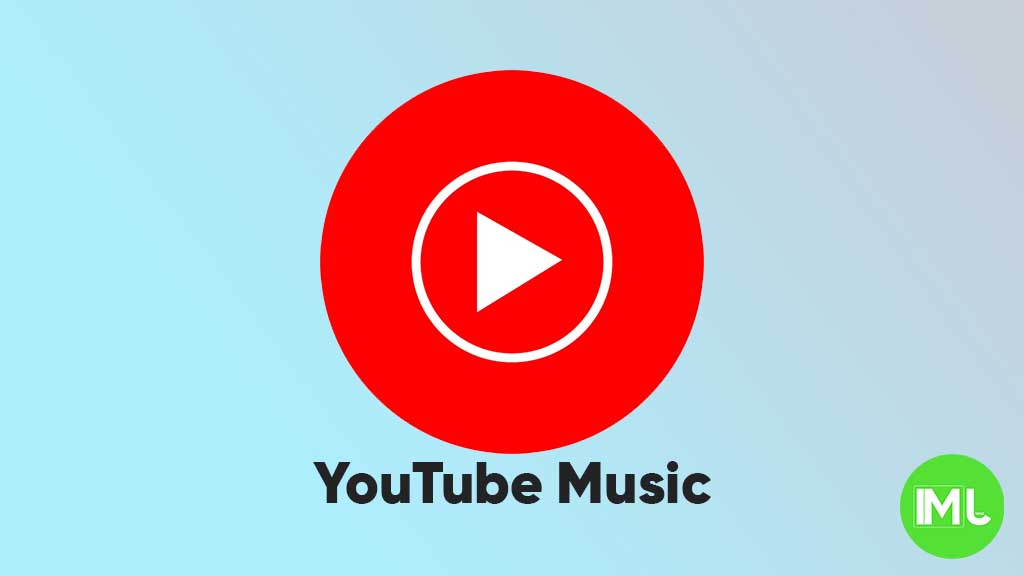
YouTube Music is rolling out a new feature called “Stable volume” to make your listening experience better. This option helps keep the sound level the same across all songs, so you won’t have to turn the volume up or down when switching tracks.
Sometimes, songs are louder or softer depending on how they were made. This new feature fixes that by adjusting each track so that all music plays at a similar volume. It’s especially useful when you’re using headphones or listening in the car.
You can find this option in the YouTube Music app by going to Settings > Playback & restrictions, where you’ll see a switch for “Stable volume.” It works for both free and Premium users, and it’s now appearing on Android devices (version 7.07 or later). iOS support may come soon, but it’s not available yet.
This is a welcome update, as many streaming apps like Spotify and Apple Music already have similar volume balancing tools. It helps make playlists and albums sound smoother and more enjoyable without constant volume changes.
So far, the feature is being released in stages, so you might not see it right away, but it should show up soon for everyone.
Android
Android 16 beta adds battery health info, Pixel Fold gets better at detecting opens and closes
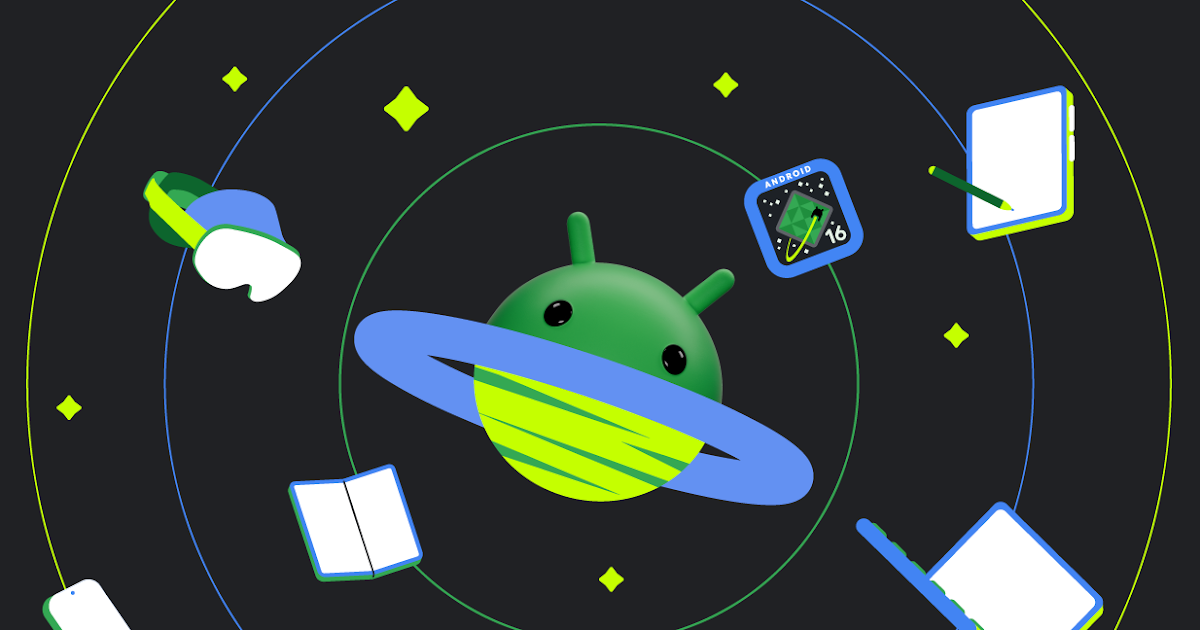
Google has released the Android 16 Beta 1 update for Pixel phones, and it brings some helpful new features. One of the key additions is battery health information, which is now available in the settings. Pixel users can now see the battery’s manufacturing date, charge cycles, and overall health score. This can help people understand how well their battery is holding up over time. While this feature is currently hidden under developer options, it might be fully added in a future update.
At the same time, Google is also working to improve the Pixel Fold. With Android 16 Beta 1, there’s a new system that better detects when the phone is opened or closed. This new method uses the hinge angle to more accurately understand the device’s position. Unlike older systems that could be affected by software bugs or slow response times, this new one seems to be more reliable and faster.
These changes are important for people who use foldable phones like the Pixel Fold, as better hinge detection can lead to smoother app transitions and fewer bugs. And for all Pixel users, having detailed battery info can help with managing phone performance and deciding when it’s time for a battery replacement.
Overall, Android 16 Beta 1 focuses on giving users more control and smoother experiences, especially for those with foldables.
Android
Android 16 could bring colorful always-on display to Pixel phones

Google is working on Android 16, and it looks like the update could bring more color to the always-on display (AOD) feature on Pixel phones. Right now, the AOD mostly shows white text on a black screen. But a new setting found in the Android 16 Developer Preview hints at the ability to add colors to this display.
The new feature is called “AOD Preview,” and it includes a switch labeled “Color AOD.” While this setting doesn’t work yet, it suggests that Google might be planning to show colorful content even when the screen is in low-power mode.
This change could make AOD look more lively, maybe by adding color to the clock, notifications, or wallpaper. So far, it’s not clear exactly what will change or how customizable it will be, but the feature seems to be in early testing.
Samsung already has more colorful AOD options on its Galaxy devices, so this update could help Pixel phones catch up. Google often introduces new features first on Pixel devices before making them available to other Android phones.
Android 16 is still being developed, and many features are not ready yet. But if Color AOD becomes part of the final release, Pixel users could get a more vibrant and useful always-on display in the near future.
-

 Apps1 year ago
Apps1 year agoGboard Proofread feature will support selected text
-

 News1 year ago
News1 year agoSamsung USA crafting One UI 6.1.1
-

 News1 year ago
News1 year agoBreaking: Samsung Galaxy S22 may get Galaxy AI features
-

 News1 year ago
News1 year agoSamsung Galaxy S23 Ultra with One UI 6.1 and all S24 AI features revealed
-

 News1 year ago
News1 year agoOne UI 6.1 Auracast (Bluetooth LE Audio) feature coming to many Samsung phones
-

 News1 year ago
News1 year agoSatellite SOS feature coming to Google Pixel phones, evidence leaked
-

 Apps11 months ago
Apps11 months agoGoogle’s fancy new Weather app is finally available for more Android phones
-

 News1 year ago
News1 year agoGoogle Pixel evolves as Europe’s third best selling flagship

